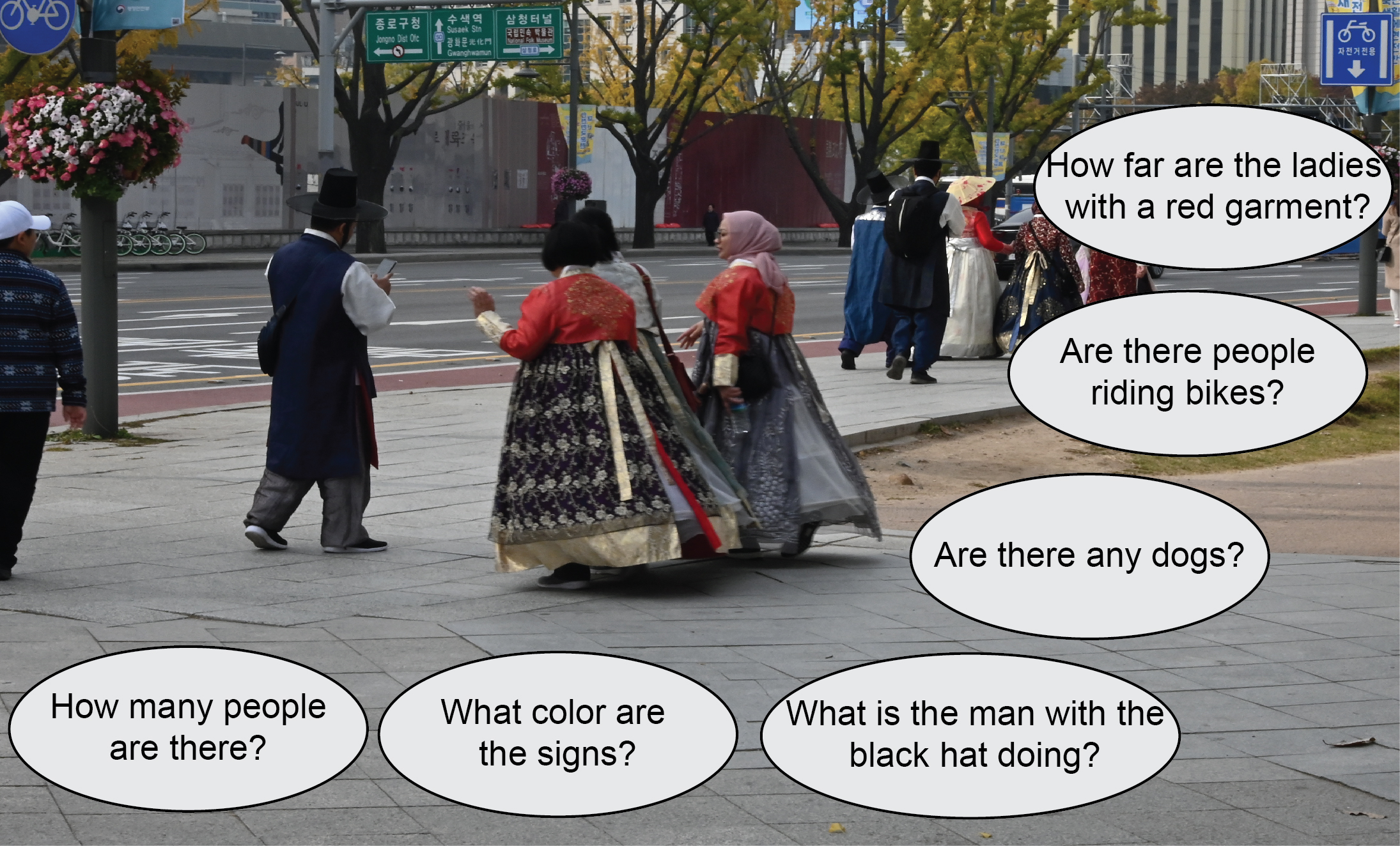
[1] Figures in powerpoint format for teaching
[2] Further reading
[3] Style transfer demos and deepdream
[4] Image captioning
[6] Other
[1] Style transfer demos and deepdream
Deep Fake: Bill Hader channels Tom CruiseFeature visualization: how neural netwroks build up their understanding of images
[3] Image classification demos
A great collection of computer vision datasets
How the police use facial recognition, and where it falls short. New York Times, Jan 14, 2020
A long list of interesting computer vision datasets
The power of self-learning systems (lecture by Demis Hassabis, March 20, 2019) [1:03:43 duration]
The convergence of machine learning and artificial intelligence towards enabling autonomous driving (lecture by Amnon Shashua, March 24, 2017) [1:15:30 duration]



